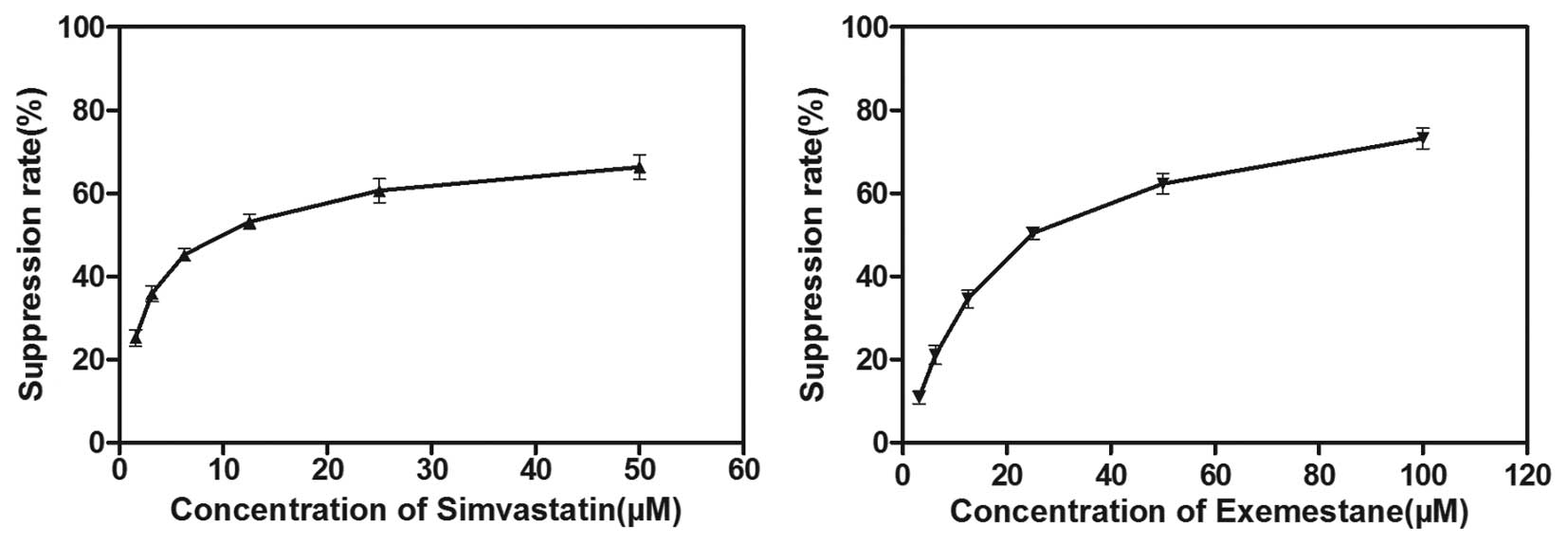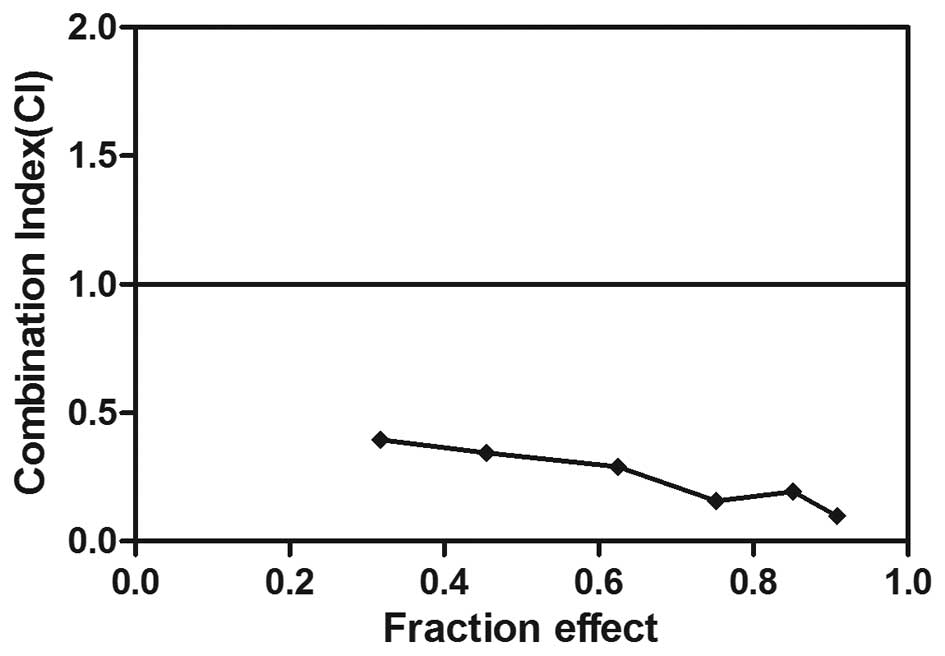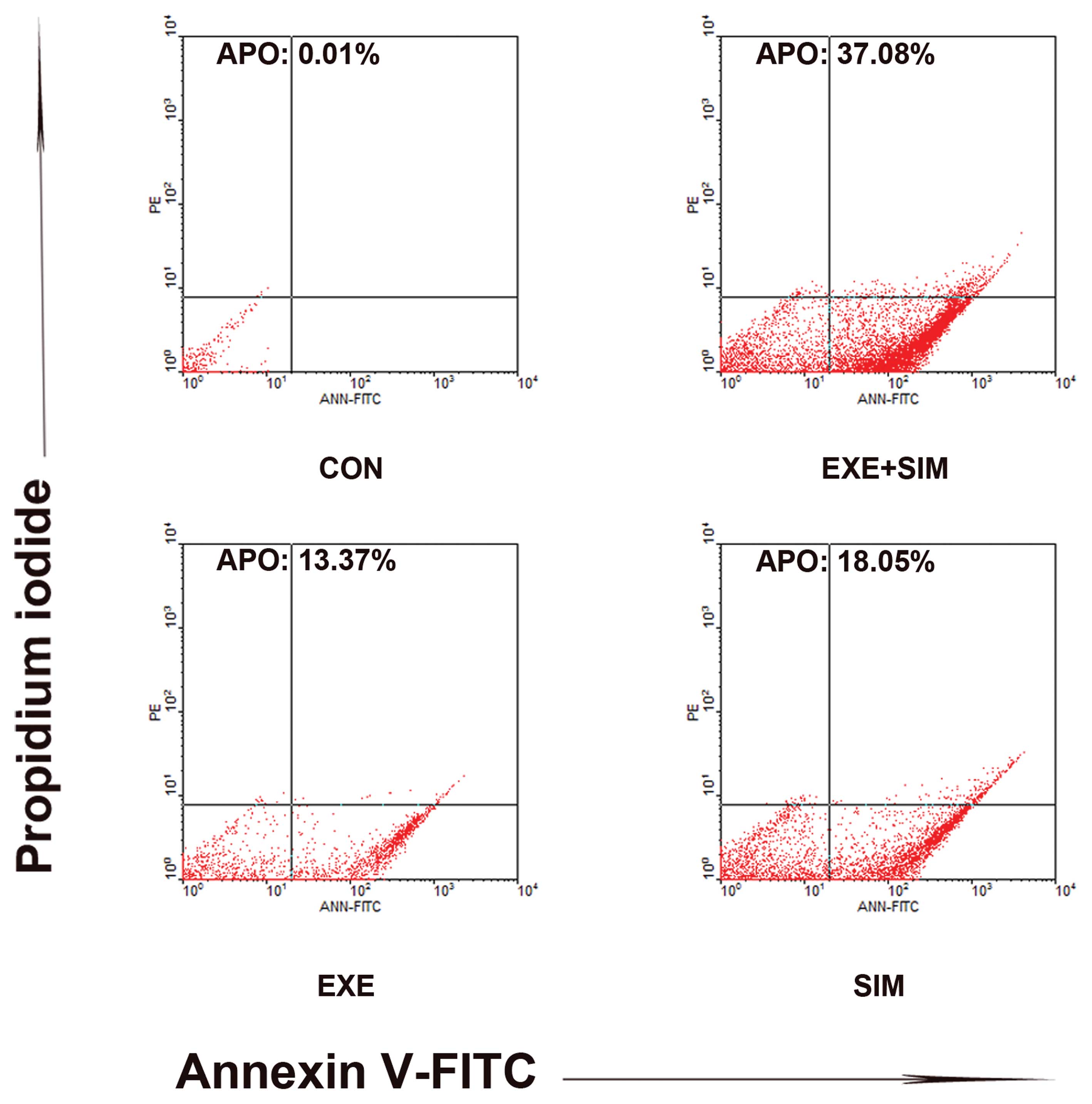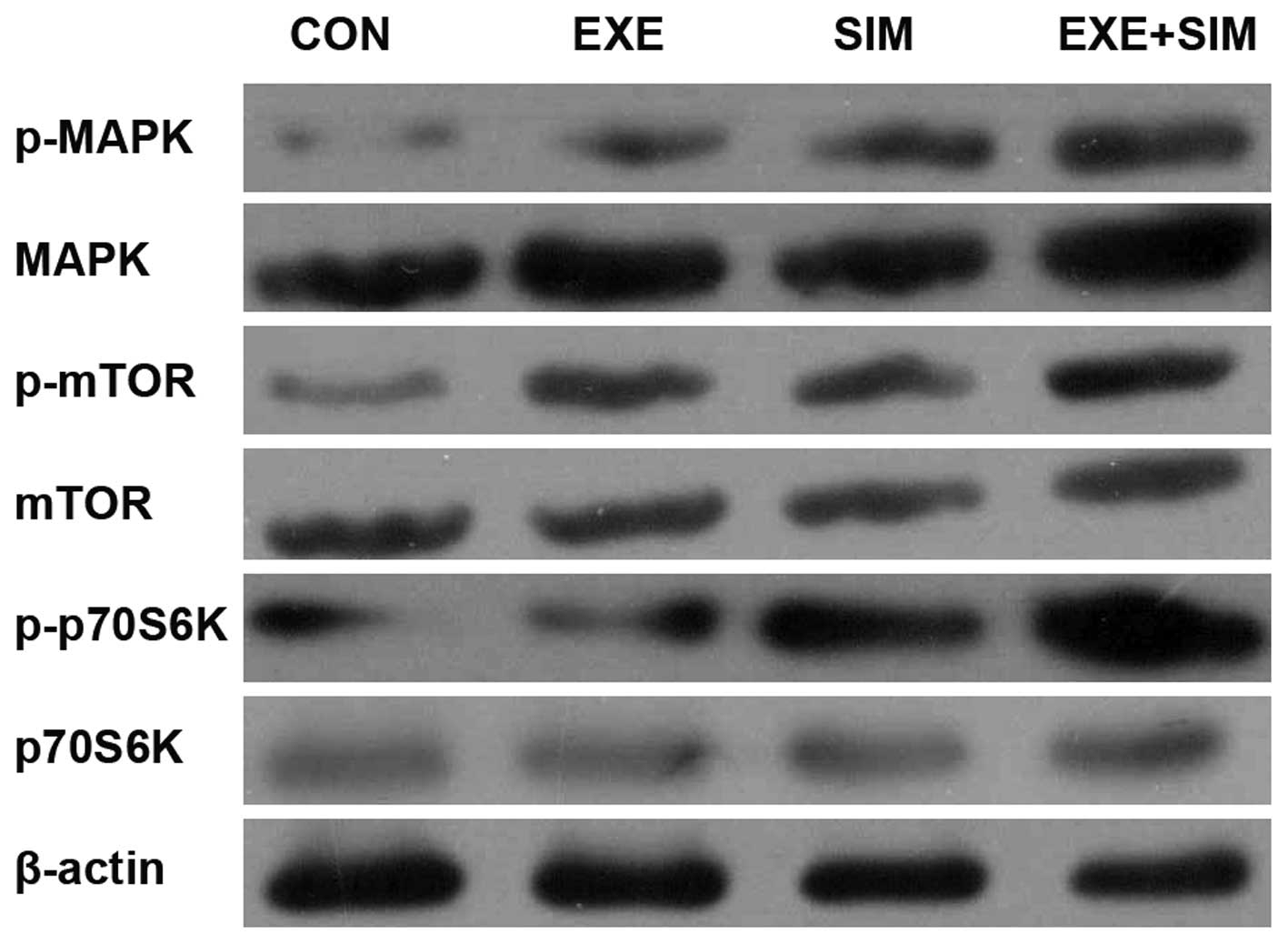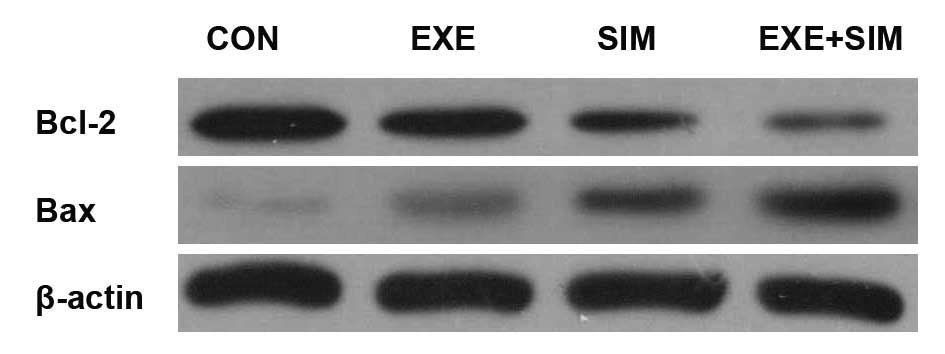|
1
|
Ferlay J, Parkin DM and Steliarova-Foucher
E: Estimates of cancer incidence and mortality in Europe in 2008.
Eur J Cancer. 46:765–781. 2010. View Article : Google Scholar : PubMed/NCBI
|
|
2
|
Chen S: An “omics” approach to determine
the mechanisms of acquired aromatase inhibitor resistance. OMICS.
15:347–352. 2011. View Article : Google Scholar : PubMed/NCBI
|
|
3
|
Jankowitz RC and Davidson NE: Adjuvant
endocrine therapy for breast cancer: how long is long enough?
Oncology (Williston Park). 27:1210–1216. 2013.
|
|
4
|
Campagnoli C, Pasanisi P, Castellano I,
Abba C, Brucato T and Berrino F: Postmenopausal breast cancer,
androgens, and aromatase inhibitors. Breast Cancer Res Treat.
139:1–11. 2013. View Article : Google Scholar : PubMed/NCBI
|
|
5
|
Riemsma R, Forbes CA, Kessels A, et al:
Systematic review of aromatase inhibitors in the first-line
treatment for hormone sensitive advanced or metastatic breast
cancer. Breast Cancer Res Treat. 123:9–24. 2010. View Article : Google Scholar : PubMed/NCBI
|
|
6
|
Li Z, Gu X, Tong J, et al: A meta-analysis
of internal mammary lymph node metastasis in breast cancer
patients. Onkologie. 36:747–752. 2013.PubMed/NCBI
|
|
7
|
Morris PG, McArthur HL and Hudis CA:
Therapeutic options for metastatic breast cancer. Expert Opin
Pharmacother. 10:967–981. 2009. View Article : Google Scholar : PubMed/NCBI
|
|
8
|
Rizzoli R, Body JJ, De Censi A, Reginster
JY, Piscitelli P and Brandi ML; European Society for Clinical and
Economical aspects of Osteoporosis and Osteoarthritis (ESCEO):
Guidance for the prevention of bone loss and fractures in
postmenopausal women treated with aromatase inhibitors for breast
cancer: an ESCEO position paper. Osteoporos Int. 23:2567–2576.
2012. View Article : Google Scholar : PubMed/NCBI
|
|
9
|
Brodie A and Sabnis G: Adaptive changes
result in activation of alternate signaling pathways and
acquisition of resistance to aromatase inhibitors. Clin Cancer Res.
17:4208–4213. 2011. View Article : Google Scholar : PubMed/NCBI
|
|
10
|
Wong WW, Dimitroulakos J, Minden MD and
Penn LZ: HMG-CoA reductase inhibitors and the malignant cell: the
statin family of drugs as triggers of tumor-specific apoptosis.
Leukemia. 16:508–519. 2002. View Article : Google Scholar : PubMed/NCBI
|
|
11
|
Superko HR, Momary KM and Li Y: Statins
personalized. Med Clin North Am. 96:123–139. 2012. View Article : Google Scholar : PubMed/NCBI
|
|
12
|
Goldstein JL and Brown MS: Regulation of
the mevalonate pathway. Nature. 343:425–430. 1990. View Article : Google Scholar : PubMed/NCBI
|
|
13
|
Liao JK: Isoprenoids as mediators of the
biological effects of statins. J Clin Invest. 110:285–288. 2002.
View Article : Google Scholar : PubMed/NCBI
|
|
14
|
Wejde J, Blegen H and Larsson O:
Requirement for mevalonate in the control of proliferation of human
breast cancer cells. Anticancer Res. 12:317–324. 1992.PubMed/NCBI
|
|
15
|
Spampanato C, De Maria S, Sarnataro M, et
al: Simvastatin inhibits cancer cell growth by inducing apoptosis
correlated to activation of Bax and down-regulation of BCL-2 gene
expression. Int J Oncol. 40:935–941. 2012.
|
|
16
|
Kochuparambil ST, Al-Husein B, Goc A,
Soliman S and Somanath PR: Anticancer efficacy of simvastatin on
prostate cancer cells and tumor xenografts is associated with
inhibition of Akt and reduced prostate-specific antigen expression.
J Pharmacol Exp Ther. 336:496–505. 2011. View Article : Google Scholar
|
|
17
|
Campbell MJ, Esserman LJ, Zhou Y, et al:
Breast cancer growth prevention by statins. Cancer Res.
66:8707–8714. 2006. View Article : Google Scholar : PubMed/NCBI
|
|
18
|
Cho SJ, Kim JS, Kim JM, Lee JY, Jung HC
and Song IS: Simvastatin induces apoptosis in human colon cancer
cells and in tumor xenografts, and attenuates colitis-associated
colon cancer in mice. Int J Cancer. 123:951–957. 2008. View Article : Google Scholar : PubMed/NCBI
|
|
19
|
Nielsen SF, Nordestgaard BG and Bojesen
SE: Statin use and reduced cancer-related mortality. N Engl J Med.
367:1792–1802. 2012. View Article : Google Scholar : PubMed/NCBI
|
|
20
|
Guterres FA, Martinez GR, Rocha ME and
Winnischofer SM: Simvastatin rises reactive oxygen species levels
and induces senescence in human melanoma cells by activation of
p53/p21 pathway. Exp Cell Res. 319:2977–2988. 2013. View Article : Google Scholar : PubMed/NCBI
|
|
21
|
Cheng WH, Ho WY, Chang CF, et al:
Simvastatin induces a central hypotensive effect via Ras-mediated
signalling to cause eNOS up-regulation. Br J Pharmacol.
170:847–858. 2013. View Article : Google Scholar : PubMed/NCBI
|
|
22
|
Ahern TP, Pedersen L, Tarp M, et al:
Statin prescriptions and breast cancer recurrence risk: a Danish
nationwide prospective cohort study. J Natl Cancer Inst.
103:1461–1468. 2011. View Article : Google Scholar : PubMed/NCBI
|
|
23
|
Hu LX, Du YY, Zhang Y and Pan YY:
Synergistic effects of exemestane and aspirin on MCF-7 human breast
cancer cells. Asian Pac J Cancer Prev. 13:5903–5908. 2012.
View Article : Google Scholar
|
|
24
|
Budman DR, Calabro A, Wang LG, et al:
Synergism of cytotoxic effects of vinorelbine and paclitaxel in
vitro. Cancer Invest. 18:695–701. 2000. View Article : Google Scholar : PubMed/NCBI
|
|
25
|
Budman DR and Calabro A: In vitro search
for synergy and antagonism: evaluation of docetaxel combinations in
breast cancer cell lines. Breast Cancer Res Treat. 74:41–46. 2002.
View Article : Google Scholar : PubMed/NCBI
|
|
26
|
Chou TC and Talalay P: Quantitative
analysis of dose-effect relationships: the combined effects of
multiple drugs or enzyme inhibitors. Adv Enzyme Regul. 22:27–55.
1984. View Article : Google Scholar : PubMed/NCBI
|
|
27
|
Paridaens RJ, Dirix LY, Beex LV, et al:
Phase III study comparing exemestane with tamoxifen as first-line
hormonal treatment of metastatic breast cancer in postmenopausal
women: the European Organisation for Research and Treatment of
Cancer Breast Cancer Cooperative Group. J Clin Oncol. 26:4883–4890.
2008. View Article : Google Scholar : PubMed/NCBI
|
|
28
|
Sestak I, Cuzick J, Sapunar F, et al ATAC
Trialists’ Group: Risk factors for joint symptoms in patients
enrolled in the ATAC trial: a retrospective, exploratory analysis.
Lancet Oncol. 9:866–872. 2008. View Article : Google Scholar : PubMed/NCBI
|
|
29
|
Chen SH, Chou FF and Ko JY: The use of
simvastatin with aromasin in an ovariectomized rat model: effects
on the skeletal system. Chang Gung Med J. 33:509–514.
2010.PubMed/NCBI
|
|
30
|
Stoehr M, Mozet C, Boehm A, Aigner A,
Dietz A and Wichmann G: Simvastatin suppresses head and neck
squamous cell carcinoma ex vivo and enhances the cytostatic effects
of chemotherapeutics. Cancer Chemother Pharmacol. 73:827–837. 2014.
View Article : Google Scholar : PubMed/NCBI
|
|
31
|
Danilo C and Frank PG: Cholesterol and
breast cancer development. Curr Opin Pharmacol. 12:677–682. 2012.
View Article : Google Scholar : PubMed/NCBI
|
|
32
|
Llaverias G, Danilo C, Mercier I, et al:
Role of cholesterol in the development and progression of breast
cancer. Am J Pathol. 178:402–412. 2011. View Article : Google Scholar : PubMed/NCBI
|
|
33
|
Nelson ER, Wardell SE, Jasper JS, et al:
27-Hydroxycholesterol links hypercholesterolemia and breast cancer
pathophysiology. Science. 342:1094–1098. 2013. View Article : Google Scholar : PubMed/NCBI
|
|
34
|
Imamura K, Ogura T, Kishimoto A, Kaminishi
M and Esumi H: Cell cycle regulation via p53 phosphory-lation by a
5′-AMP activated protein kinase activator,
5-aminoimidazole-4-carboxamide-1-beta-D-ribofuranoside, in a human
hepatocellular carcinoma cell line. Biochem Biophys Res Commun.
287:562–567. 2001. View Article : Google Scholar : PubMed/NCBI
|
|
35
|
Jones RG, Plas DR, Kubek S, et al:
AMP-activated protein kinase induces a p53-dependent metabolic
checkpoint. Mol Cell. 18:283–293. 2005. View Article : Google Scholar : PubMed/NCBI
|
|
36
|
Hadad SM, Baker L, Quinlan PR, et al:
Histological evaluation of AMPK signalling in primary breast
cancer. BMC Cancer. 9:3072009. View Article : Google Scholar : PubMed/NCBI
|
|
37
|
Bühler S and Laufer SA: p38 MAPK
inhibitors: a patent review (2012 – 2013). Expert Opin Ther Pat.
24:535–554. 2014. View Article : Google Scholar
|
|
38
|
Misirkic M, Janjetovic K, Vucicevic L, et
al: Inhibition of AMPK-dependent autophagy enhances in vitro
antiglioma effect of simvastatin. Pharmacol Res. 65:111–119. 2012.
View Article : Google Scholar
|
|
39
|
Yang PM, Liu YL, Lin YC, Shun CT, Wu MS
and Chen CC: Inhibition of autophagy enhances anticancer effects of
atorvastatin in digestive malignancies. Cancer Res. 70:7699–7709.
2010. View Article : Google Scholar : PubMed/NCBI
|
|
40
|
Woodard J, Sassano A, Hay N and Platanias
LC: Statin-dependent suppression of the Akt/mammalian target of
rapamycin signaling cascade and programmed cell death 4
up-regulation in renal cell carcinoma. Clin Cancer Res.
14:4640–4649. 2008. View Article : Google Scholar : PubMed/NCBI
|
|
41
|
Jaafar H, Abdullah S, Murtey MD and Idris
FM: Expression of Bax and Bcl-2 in tumour cells and blood vessels
of breast cancer and their association with angiogenesis and
hormonal receptors. Asian Pac J Cancer Prev. 13:3857–3862. 2012.
View Article : Google Scholar : PubMed/NCBI
|



